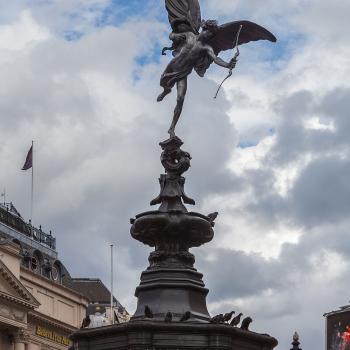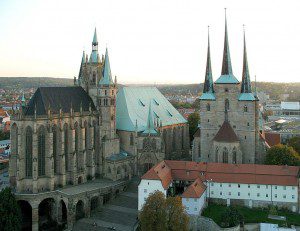
(Click to enlarge.)
After figuring out where the Universität Erfurt is located (and hence where the XXI. Congress of the International Association for the History of Religions will be taking place), we spent last evening strolling around the Altstadt, the medieval core of Erfurt.
The most spectacular and iconic sight in the city is the Domplatz, the large “Cathedral Square” that sits before the Severikirche and the cathedral of Sankt Marien. It’s magnificent, and particularly so when night has fallen and the buildings are illuminated. Surrounding the square are a number of open air cafes that offer not only good food but breathtaking views.
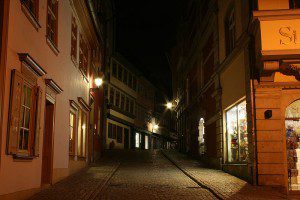
(Click to enlarge.)
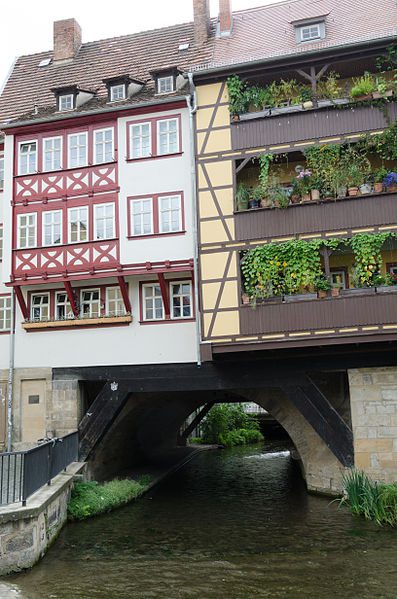
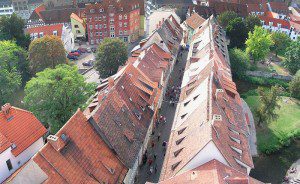
We also walked past one of the main synagogues of the city—I find it astonishing that two downtown Jewish places of worship somehow managed to survive the Nazi period—and then strolled through the beautiful and lively Fischmarkt and across the Krämerbrücke. The latter is reminiscent of the Ponte Vecchio in Florence, but is actually longer; it is, in fact, the longest “inhabited” bridge (which is to say that it’s covered on both sides by shops and residences) in Europe.
I doubt that many tourists come to Erfurt. For most Americans, certainly, “Germany” is Bavaria (something I completely understand, since the Alpine landscapes of Switzerland, Austria, and Bavaria are probably my favorite places on earth), with maybe a bit of Cologne, Heidelberg, and Berlin thrown in. And the suburbs of Erfurt, like those of many European cities, are, although fairly pleasant, relatively nondescript. (The country was, after bombed into near oblivion during World War II, and much of it was rebuilt fairly quickly and during a period of widespread architectural mediocrity.) But the Altstadt areas are perhaps under appreciated treasures even in non-touristy cities—and Erfurt’s Altstadt seems to be exceptionally well preserved.
Posted from Erfurt, Germany





